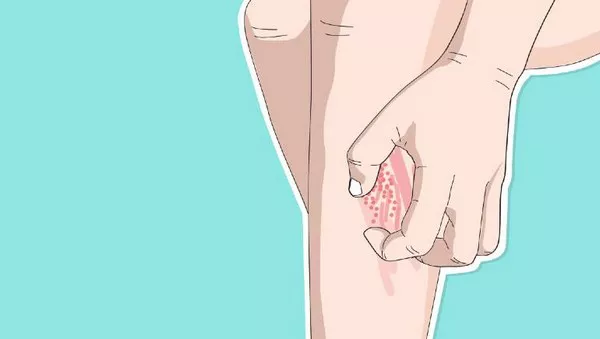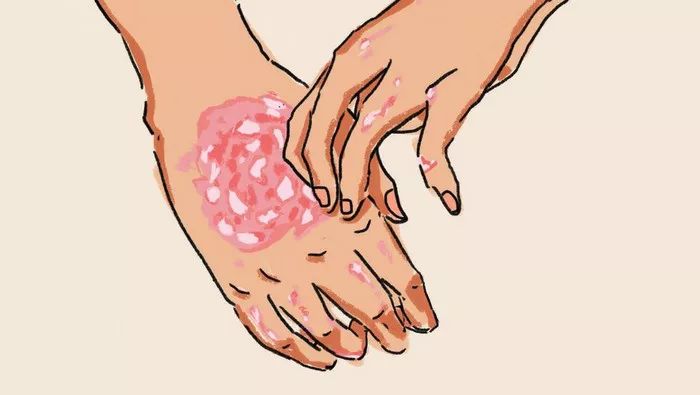Fatty liver disease, though primarily affecting the liver, can also exhibit symptoms on the skin, according to experts. As the world observes World Liver Day, understanding these manifestations becomes crucial.
The liver plays a pivotal role in various bodily functions such as metabolism, digestion, detoxification, and nutrient storage. However, when excess fat accumulates in the liver, it results in fatty liver disease. While excessive alcohol consumption is a well-known cause, factors like obesity and type 2 diabetes also pose significant risks.
Fatty liver disease, also termed hepatic steatosis, is characterized by the accumulation of fat in liver cells. It is distinguished into alcoholic fatty liver disease (AFLD) and non-alcoholic fatty liver disease (NAFLD).
AFLD stems from prolonged alcohol abuse, while NAFLD is associated with obesity, insulin resistance, and metabolic syndrome, among other factors, as explained by Dr. Sukrit Singh Sethi, an expert in gastroenterology, hepatology, and liver transplantation.
Identifying Skin Signs of Fatty Liver Disease
Skin manifestations indicative of fatty liver disease include:
- Rosacea: Research published in the Journal of the American Academy of Dermatology in 2017 established a connection between rosacea and fatty liver disease. Rosacea typically presents as facial redness accompanied by small, pus-filled bumps, resembling acne.
- Jaundice: Excess bilirubin in the bloodstream leads to a yellowish tint in the skin and eyes, indicating jaundice. Impaired liver function in fatty liver disease impedes bilirubin breakdown, contributing to its accumulation.
- Pruritus: Itchy skin results from bile duct blockage or irritation, often seen in fatty liver disease due to disrupted bile flow.
- Palmar Erythema: Reddening of the palms may occur due to altered circulation and hormonal changes associated with liver diseases like fatty liver disease.
- Xanthelasma: Yellowish patches or bumps, typically around the eyelids, can occur in individuals with liver dysfunction, including fatty liver disease.
- Dry Skin: Reduced liver function may lead to dryness and flakiness of the skin due to decreased production of essential proteins and lipids.
- Skin Tags: Benign growths found around the neck or underarms may be associated with fatty liver disease, possibly linked to insulin resistance.
While these skin symptoms may vary in severity and may not always be present, individuals noticing concerning changes should seek medical consultation, especially if accompanied by other symptoms like abdominal pain, fatigue, or unexplained weight loss.
Treatment and Management
Treatment of fatty liver disease involves:
- Maintaining a healthy weight through diet and exercise to reduce liver fat and improve function.
- Adopting a balanced diet low in saturated fats, sugars, and refined carbohydrates while incorporating fruits, vegetables, lean proteins, and whole grains.
- Regular physical activity to enhance insulin sensitivity, reduce liver fat, and promote overall health.
- Limiting or abstaining from alcohol consumption, particularly for those with alcoholic fatty liver disease.
- Managing conditions like diabetes, high cholesterol, and metabolic syndrome to prevent further liver damage.
- In severe cases, medications or procedures such as lap sleeve gastrectomy or Intragastric balloon placement may be recommended.
Regular medical check-ups are crucial for early detection of liver-related problems, as clinical signs and symptoms often manifest late.



























